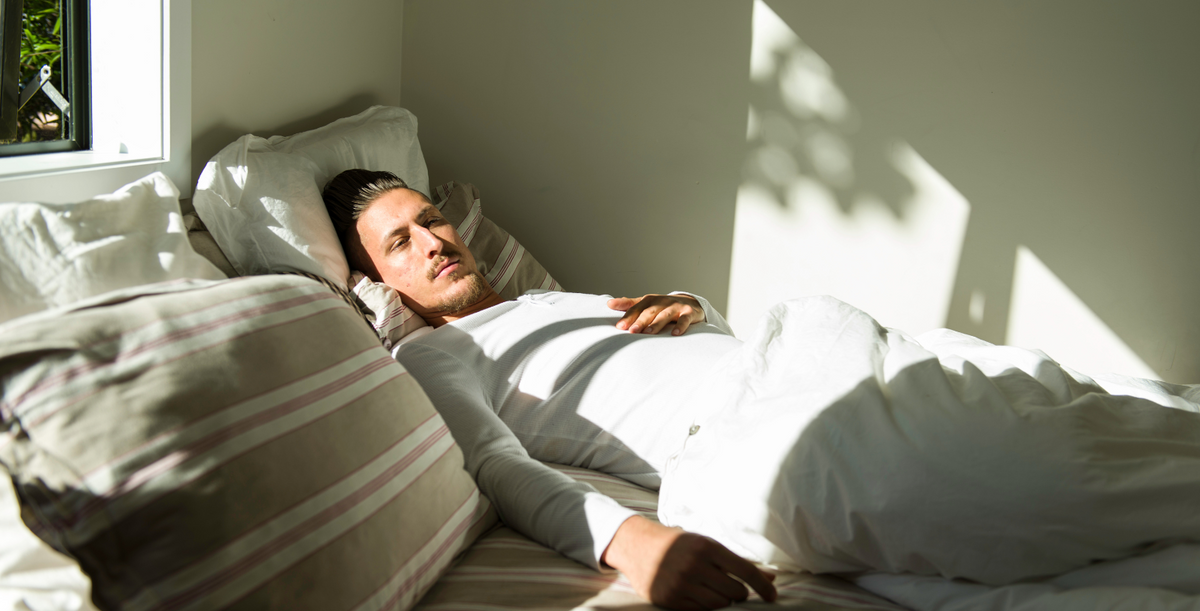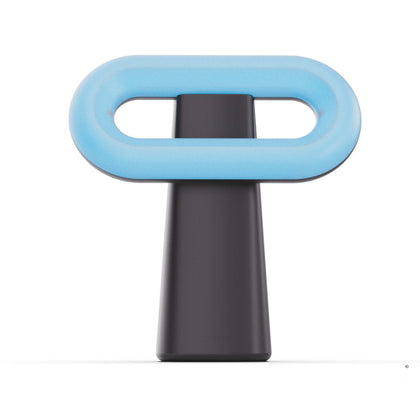
Five ways to improve your relationship with light
|
|
Time to read 3 min
Humans have evolved to use daylight and darkness to regulate the circadian rhythm, which is vital to our health and wellbeing.
But our increasingly 24/7 lifestyle alters our patterns of light exposure. Working indoors limits access to natural light during the day, and at night, most people are exposed to increasing levels of blue light. Collectively, we’ve begun to lose our connection with the sun, resulting in unprecedented levels of sleep and circadian disruption.
Circadian misalignment has several adverse flow-on health effects, such as increasing your risk of the following conditions:
- Weakening of the immune system1,2
- Cardiovascular diseases3
- Metabolic diseases3
- Alzheimer’s and cognitive decline4,5
Incorporating these five simple strategies can revive your relationship with light and improve your circadian alignment.
1.Get outside in the morning
Walk or bike to the office. Or take a seat outside as you enjoy your breakfast or read the paper. Do whatever you have to do to get natural light in the morning.
Adequate exposure to daylight, especially during the morning, is essential for aligning the circadian rhythm. Specialised cells in the eye have evolved over millions of years to respond to particular wavelengths of blue light found in daylight to track the time of day and regulate the circadian clock.

2. Design your workspace around natural light
If you have the option, position your workspace next to a window. Evidence suggests that prolonged exposure to light peaking at 480nm (the light of the blue sky) during the day has benefits for your circadian rhythms6 as well as your mental acuity.
Although the artificial lighting in your home or office may appear bright, its highly altered spectrum is a poor substitute for natural light. If the nearest window is three meters or more away, or the window glass is heavily tinted, consider investing in a circadian desk lamp like Loop.
Loop is engineered to mimic the light of the blue sky to regulate your circadian rhythm.
"Although the artificial lighting in your home or office may appear bright, its highly altered spectrum is a poor substitute for natural light"
3. Get some natural light during your lunch break
You may have noticed a theme emerging here. That’s because creating brighter, blue-enriched days is the single best thing you can do to improve your relationship with light and support your circadian rhythm. It comes as no surprise that taking a few minutes to soak up the sunlight during your lunch break is a perfect way to do just that.
Make sure to apply SPF, and don’t be afraid to put on sunglasses. Even after going through your sunglass’s lenses, sunlight still contains plenty enough blue-sky light to support your circadian rhythm
4. Dim lights at night
Creating darkness at night is also crucial. Switch off unnecessary lights three hours before bed, and consider using warmer-coloured lights in the spaces you occupy during the evening.
Exposing yourself to too much blue light during the evening causes those specialised cells in your eyes to falsely signal to your circadian rhythm that the sun hasn’t yet set, delaying the onset of sleep and disrupting your internal clock6.
Creating darkness at night is also crucial. Switch off unnecessary lights three hours before bed, and consider using warmer-coloured lights in the spaces you occupy during the evening.
Exposing yourself to too much blue light during the evening causes those specialised cells in your eyes to falsely signal to your circadian rhythm that the sun hasn’t yet set, delaying the onset of sleep and disrupting your internal clock6.

5. Avoid using devices at least two hours before bed
Studies have repeatedly shown that digital displays can disrupt the circadian rhythm and delay the onset of sleep due to the amount of blue light in the backlight used to illuminate digital displays7.
Limit blue light exposure from digital screens, including smartphones, televisions and computers, at night by reducing screen brightness, using a blue light filter, or turning them off.
Applying these tips will help your circadian rhythm find its natural alignment. However, it may not happen overnight. Stay consistent for at least ten days, and you will start to notice the difference.
We designed Loop to be night-safe. At night, Loop transitions into a warm amber
References
- Ruiz, F. S. et al. Night shift work and immune response to the meningococcal conjugate vaccine in healthy workers: a proof of concept study. Sleep Med. 75, 263–275 (2020).
- Scheiermann, C., Gibbs, J., Ince, L. & Loudon, A. Clocking in to immunity. Nat. Rev. Immunol. 18, 423–437 (2018).
- Scheer, F. A. J. L., Hilton, M. F., Mantzoros, C. S. & Shea, S. A. Adverse metabolic and cardiovascular consequences of circadian misalignment. Proc. Natl. Acad. Sci. 106, 4453–4458 (2009).
- Lim, M. M., Gerstner, J. R. & Holtzman, D. M. The sleep–wake cycle and Alzheimer’s disease: what do we know? Neurodegener. Dis. Manag. 4, 351–362 (2014).
- Cochrane, A., Robertson, I. H. & Coogan, A. N. Association between circadian rhythms, sleep and cognitive impairment in healthy older adults: an actigraphic study. J. Neural Transm. 119, 1233–1239 (2012).
- Brown, T. et al. Recommendations for Healthy Daytime, Evening, and Night-Time Indoor Light Exposure. https://www.preprints.org/manuscript/202012.0037/v1 (2020) doi:10.20944/preprints202012.0037.v1.
- Nagare, R., Plitnick, B. & Figueiro, M. Does the iPad Night Shift mode reduce melatonin suppression? Light. Res. Technol. 51, 373–383 (2019).



